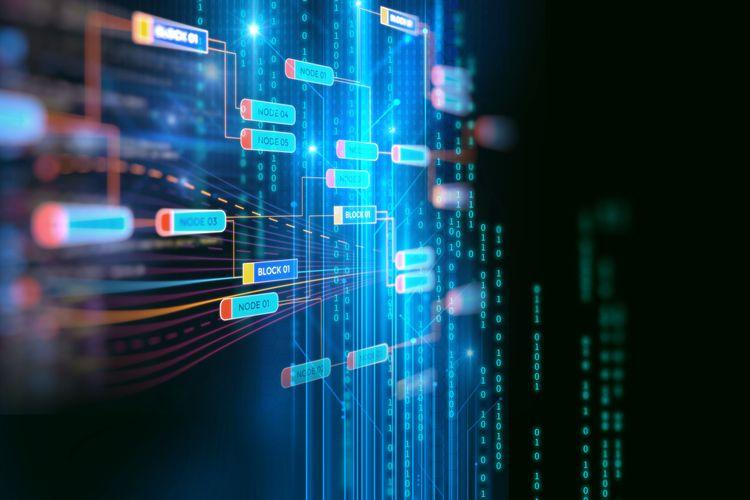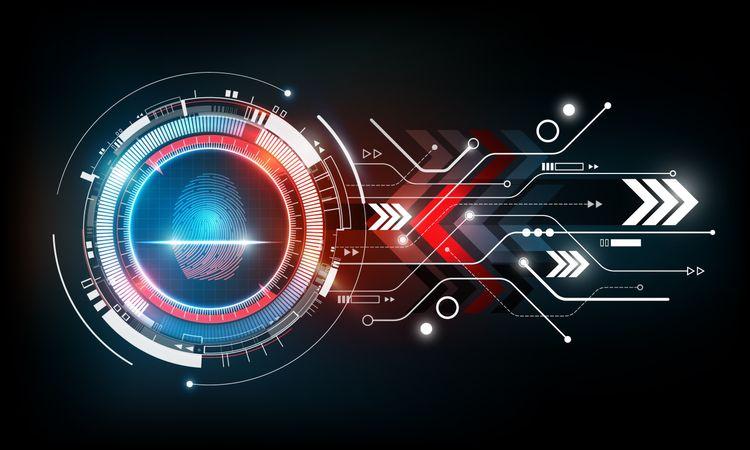"In preparing for battle I have always found that plans are useless, but planning is indispensable."
In today's digital age, organizations rely heavily on their IT infrastructure to support critical business operations, deliver services to customers, and maintain competitive advantage. However, unforeseen events such as natural disasters, cyberattacks, and hardware failures can disrupt IT systems and threaten business continuity. Building a resilient IT infrastructure requires robust disaster recovery (DR) and business continuity planning (BCP) strategies to mitigate risks, minimize downtime, and ensure uninterrupted operation of essential services. At Sendan Technology, we explore the key components of resilient IT infrastructure and strategies for effective disaster recovery and business continuity planning.
The Importance of Resilient IT Infrastructure
1. Maintaining Business Continuity: A resilient IT infrastructure enables organizations to maintain continuity of operations and deliver uninterrupted services to customers, even in the face of unforeseen disruptions or disasters. By implementing robust DR and BCP strategies, organizations can minimize downtime, mitigate financial losses, and protect their reputation and brand integrity.
2. Protecting Data and Assets: Data is a critical asset for organizations, and protecting it from loss or corruption is essential for business continuity and regulatory compliance. Resilient IT infrastructure includes data backup, replication, and recovery mechanisms to ensure data integrity and availability, even in the event of system failures, cyberattacks, or natural disasters.
3. Ensuring Regulatory Compliance: Many industries are subject to regulatory requirements governing data protection, privacy, and security. Resilient IT infrastructure helps organizations comply with regulatory mandates by implementing safeguards and controls to protect sensitive information, maintain data confidentiality, and demonstrate compliance with legal and regulatory requirements.
Components of Resilient IT Infrastructure
1. Redundancy and High Availability: Resilient IT infrastructure incorporates redundancy and high availability measures to minimize single points of failure and ensure continuous operation of critical systems and services. Redundant hardware, networks, and data centers provide failover capabilities, allowing organizations to maintain service levels and meet business requirements, even during hardware failures or network outages.
2. Data Backup and Recovery: Data backup and recovery solutions are essential components of resilient IT infrastructure, enabling organizations to protect critical data and applications from loss or corruption. Backup processes, such as regular backups, incremental backups, and offsite storage, ensure data availability and integrity, while recovery mechanisms, such as data replication, snapshots, and disaster recovery sites, enable organizations to restore data and applications quickly in the event of a disaster or outage.
3. Disaster Recovery Planning: Disaster recovery planning involves developing comprehensive strategies and procedures for responding to and recovering from disasters or disruptive events. This includes defining recovery objectives, establishing recovery time objectives (RTOs) and recovery point objectives (RPOs), identifying critical systems and applications, and implementing recovery processes, such as failover, failback, and data restoration, to minimize downtime and restore normal operations as quickly as possible.
Business Continuity Planning
1. Risk Assessment and Impact Analysis: Business continuity planning begins with a thorough risk assessment and impact analysis to identify potential threats and vulnerabilities to the organization's operations, assets, and stakeholders. This includes assessing the likelihood and severity of various threats, such as natural disasters, cyberattacks, and supply chain disruptions, and their potential impact on business operations, revenue, and reputation.
2. Developing Business Continuity Strategies: Based on the results of the risk assessment and impact analysis, organizations develop business continuity strategies and plans to mitigate risks, minimize disruptions, and maintain critical business functions during emergencies or disasters. This includes identifying alternate work locations, establishing communication channels, and defining roles and responsibilities for key personnel to ensure effective response and recovery.
3. Testing and Exercising Plans: Business continuity plans are only effective if they have been tested and validated through regular exercises and simulations. Organizations conduct tabletop exercises, drills, and simulations to evaluate the effectiveness of their plans, identify gaps and weaknesses, and refine procedures and processes to improve overall readiness and resilience.
Conclusion
Building resilient IT infrastructure is essential for organizations to mitigate risks, minimize downtime, and ensure business continuity in the face of unforeseen events or disasters. By implementing robust disaster recovery and business continuity planning strategies, organizations can protect their data, assets, and operations, and maintain uninterrupted service delivery to customers. At Sendan Technology, we partner with organizations to design and implement resilient IT infrastructure solutions that meet their unique business needs and regulatory requirements, ensuring readiness and resilience in the face of uncertainty and disruption. Together, we can build a resilient IT infrastructure that enables organizations to thrive in an increasingly dynamic and uncertain business environment.














